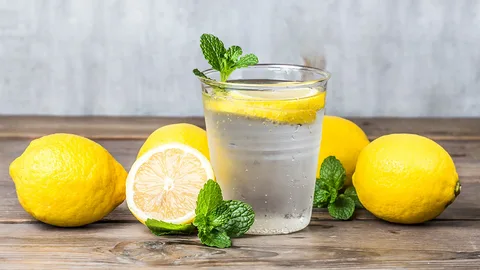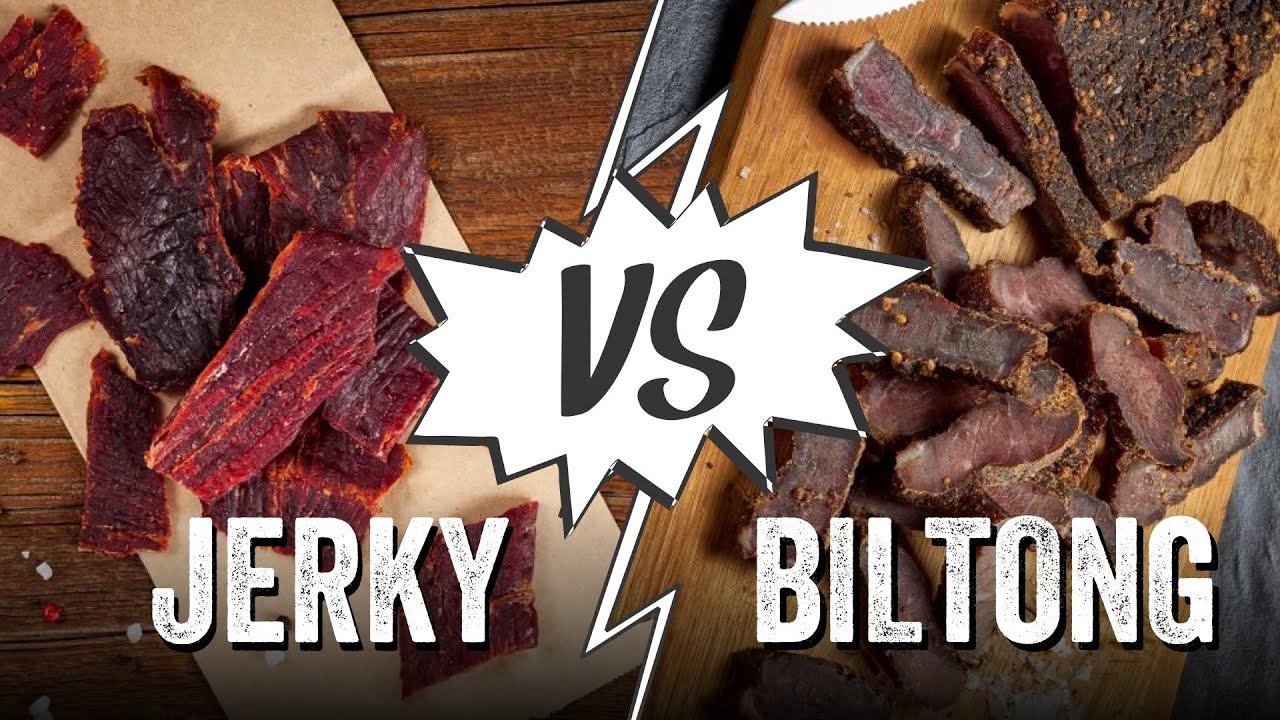Tom Daley Is Wrong: Lemon Water Won Give You Abs

The Lemon Water Phenomenon
Origins of the Myth
The belief that lemon water can aid in achieving toned abs has its roots in several factors. Lemon water is often touted as a health elixir due to its purported detoxifying properties, vitamin C content, and potential to support hydration. Additionally, the acidity of lemons is thought to promote digestion and metabolism, leading to the misconception that it can specifically target abdominal fat.
Popular Endorsements
Celebrities and influencers frequently endorse the consumption of lemon water as part of their wellness routines, attributing its supposed benefits to their enviable physique. These endorsements contribute to the perpetuation of the myth and the widespread belief that lemon water is a shortcut to achieving defined abs.
The Science Behind Lemon Water
Nutritional Composition
Lemon water is primarily composed of water infused with lemon juice, which contains vitamin C, citric acid, flavonoids, and other phytochemicals. While lemon juice is low in calories and can contribute to hydration, its nutritional impact on muscle development is minimal.
Hydration and Metabolism
Proper hydration is crucial for overall health and can indirectly support fitness goals by promoting optimal bodily functions, including metabolism. Lemon water may enhance hydration due to its palatability, but its metabolic effects are limited and unlikely to directly influence abdominal muscle development.
Dispelling the Myth
Spot Reduction Fallacy
The notion that consuming lemon water or any other specific food or beverage can target fat loss in a particular body area, such as the abdomen, is a common misconception. Spot reduction, the idea that you can lose fat in a specific area of the body through targeted exercises or dietary interventions, has been debunked by scientific research. Fat loss occurs systemically throughout the body, influenced by factors such as genetics, overall calorie intake, and exercise regimen.
Abs Are Made in the Kitchen and Gym
Achieving defined abs requires a multifaceted approach that combines proper nutrition, regular exercise, and overall lifestyle habits. While staying hydrated with lemon water can be a part of a healthy routine, it alone cannot produce visible abdominal muscles. Instead, focusing on a balanced diet, strength training exercises that engage the core muscles, and maintaining a calorie deficit are essential components of sculpting abs.
Lemon Water Benefits and Considerations
Hydration Support
Drinking lemon water can be a refreshing and hydrating beverage choice, particularly for individuals who struggle to meet their daily fluid intake goals. Adding lemon juice to water can enhance its flavor, making it more enjoyable to drink and encouraging hydration.
Vitamin C Content
Lemons are a good source of vitamin C, a powerful antioxidant that supports immune function, collagen production, and overall health. Incorporating lemon water into your diet can contribute to your daily vitamin C intake, but its impact on abdominal muscle development is indirect and minimal.
Frequently Asked Questions (FAQs)
Can drinking lemon water help reduce belly fat?
While lemon water can be part of a healthy diet and hydration routine, it does not have the ability to target belly fat specifically. Fat loss occurs systemically throughout the body in response to overall calorie expenditure and deficit, not due to the consumption of specific foods or beverages.
How much lemon water should I drink each day?
There is no set recommendation for how much lemon water to drink daily, as individual hydration needs vary based on factors such as age, weight, activity level, and climate. Aim to consume an adequate amount of water each day and flavor it with lemon juice to taste if desired.
Can lemon water damage tooth enamel?
Lemon juice is acidic and can potentially erode tooth enamel over time, particularly if consumed in large quantities or at high concentrations. To minimize the risk of enamel erosion, it’s advisable to drink lemon water in moderation and rinse your mouth with plain water afterward.
Are there any other health benefits of drinking lemon water?
Lemon water may have additional health benefits beyond hydration, including improved digestion, antioxidant support, and enhanced immune function due to its vitamin C content. However, these benefits are not specific to abdominal muscle development.
Can I consume lemon water if I have a sensitive stomach?
Some individuals may experience gastrointestinal discomfort, such as acid reflux or heartburn, when consuming acidic beverages like lemon water, particularly on an empty stomach. If you have a sensitive stomach or digestive issues, it’s best to consume lemon water in moderation and with food.
Are there any risks associated with consuming lemon water?
While lemon water is generally safe for most people when consumed in moderation, it may interact with certain medications or exacerbate symptoms in individuals with acid-related conditions such as GERD or ulcers. If you have any concerns or medical conditions, consult with a healthcare professional before adding lemon water to your routine.
Can I achieve defined abs without drinking lemon water?
Yes, achieving defined abs is primarily dependent on factors such as overall body fat percentage, muscle mass, and genetics. While staying hydrated with lemon water can be part of a healthy lifestyle, it alone cannot produce visible abdominal muscles. Consistent exercise, proper nutrition, and lifestyle habits are key to sculpting abs.
Conclusion
In conclusion, while lemon water has its merits as a hydrating and refreshing beverage, the notion that it can directly lead to sculpted abs is a myth. Achieving defined abdominal muscles requires a holistic approach that includes a balanced diet, regular exercise, and overall healthy lifestyle habits. While lemon water can be part of a healthy hydration routine and may offer additional health benefits, its impact on abdominal muscle development is indirect and minimal. By dispelling misconceptions and focusing on evidence-based practices, individuals can make informed decisions about their fitness and nutrition goals, steering clear of misleading trends and embracing sustainable approaches to health and wellness. Remember, there are no shortcuts to achieving a fit and toned physique – consistency, dedication, and patience are key.




